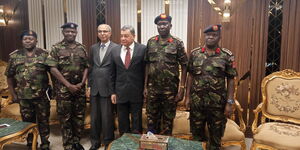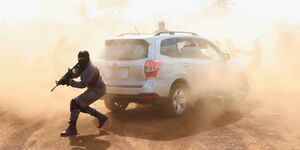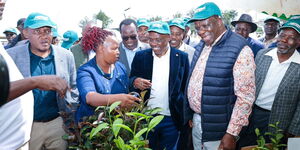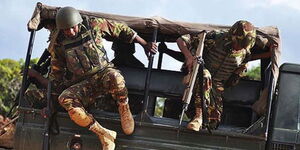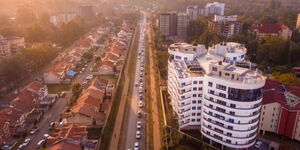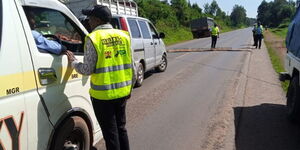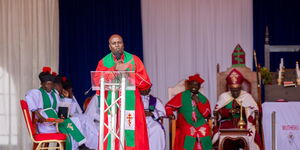Lisoka Lesasuyan, a 13-year-old Kenyan teenager, lost both arms and an eye in 2015 after picking up an explosive device that was left behind by British soldiers.
A new report by Declassified shared more insights into the circumstances under which the deadly devices were left on Kenyan soil and ended up harming the 13-year-old.
The report obtained by Declassified showed that there was an investigation on the type of explosive used in making the specific device. The report indicated that Tetryl was used in the making of the device whose mortar fuze blew dismembering Lisoka’s arms.
The report indicated that British military scientists knew Tetryl was unfit for use by 2009 but did not replace it in their training and this is how it ended up in Kenya.
Declassified stated that the explosive that harmed Lisoka was half a century old and may have been stored improperly.
“Tetryl manufacture was terminated in the US and UK because of its severe toxic (including fatal) effects during manufacture and it is unlikely that manufacture or continuous exposure of personnel to bulk tetryl could be justified," the report indicated.
The resort also noted that a German arms firm concluded Tetryl is carcinogenic.
Lesasuyan, lost both arms and an eye when he picked up a mortar fuze in an area of communal land used for live firing practice by the UK and Kenyan soldiers.
The fuze failed to ignite on impact and instead separated from the mortar and lay dormant until Lesasuyan handled it.
During the probe, investigators found that the ranges were not fenced off from the public and the British soldiers knew that the area was frequented by the villagers.
Initially, British soldiers told Lesasuyan’s family that the mortar was likely to have been fired by the Kenyan army officer but a probe dispelled this narrative later on.
After Lesasuyan’s accident, army employees suggested the introduction of fliers to warn locals of the dangers of unexploded mortar.


